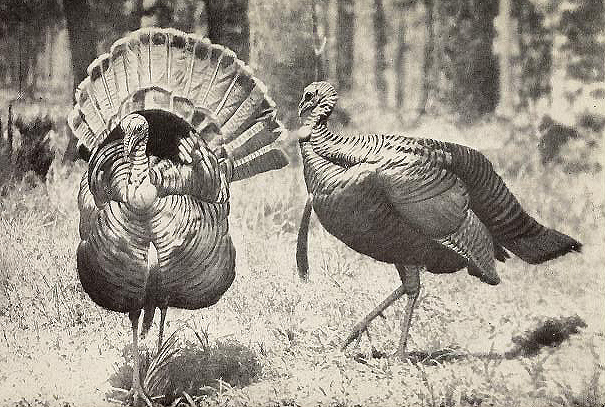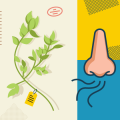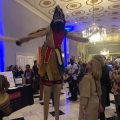Let’s talk turkey.
Did you know they served the astronauts on Skylab turkey and gravy in a tin can? We bet it was just as delicious as it sounds.John Barrat takes us on a tour through the Smithsonian collections and discovers 25 turkey-related objects.
“Probably no genus of birds in the American avifauna has received the amount of attention that has been bestowed upon the turkeys…there has been no cessation of verbal narratives, casual notices, and appearance of elegant literature relating to the members of this group…a wild turkey is a very large and unusually handsome bird, commanding the attention of anyone who sees it.”
This excerpt is from the 1914 book The Wild Turkey and its Hunting, Chapter 3, by Edward A. McIlhenny. Thanks to the Biodiversity Heritage Library you can read this book online, just click the above photo. It was digitized from a copy in the Smithsonian Libraries collection.
Following is a selection of additional artifacts and images from the Smithsonian that in some way direct attention to Meleagris gallopavo, the wild/domestic turkey. Click any image to learn more about it.
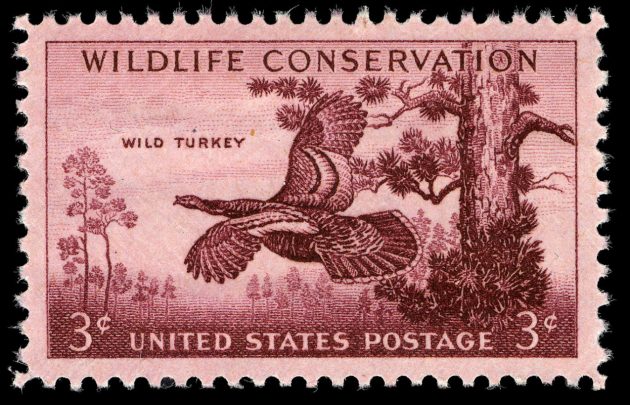
National Postal Museum. One aim of this 3-cent 1956 postage stamp showing a wild turkey in flight in a forest was to emphasize the importance of wildlife conservation in America.
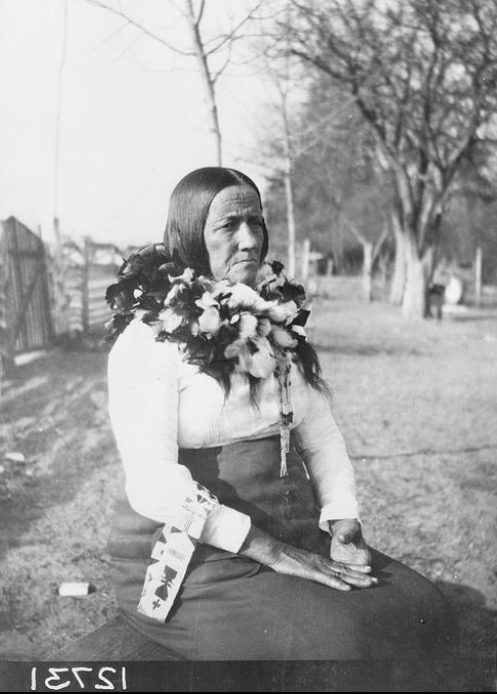
National Museum of the American Indian. Seated photographic portrait of Theodora Octavia Dennis Cook, wife of Chief George Major Cook, wearing a woven feather neck ornament of wild turkey feathers, wild goose, and shellduck. Photograph taken in 1919 at Pamunkey Reservation; King William County; Va.
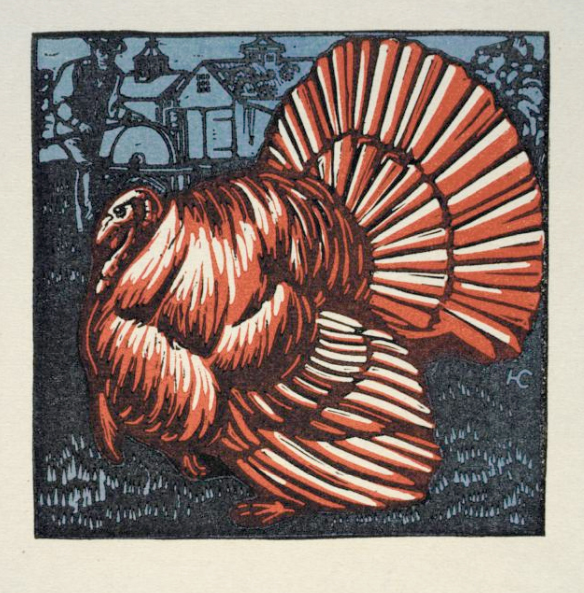
Smithsonian American Art Museum. The Marchbanks Calendar November, not dated, by Harry Cimino. Color woodcut.
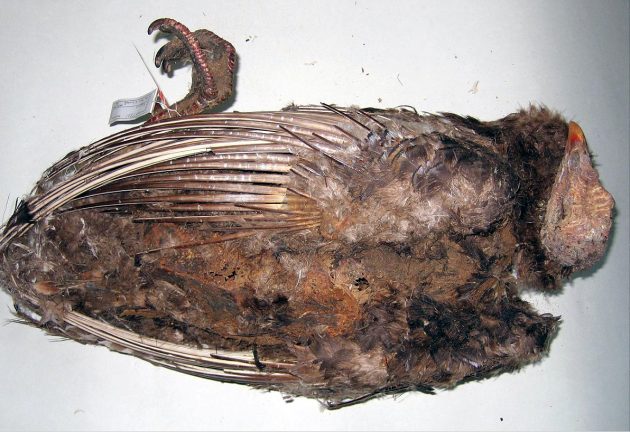
National Museum of Natural History, Division of Birds. Mummified turkey collected in 1905 at the head of an ancient cave on the Tularosa River, near Catron Reserve, New Mexico.
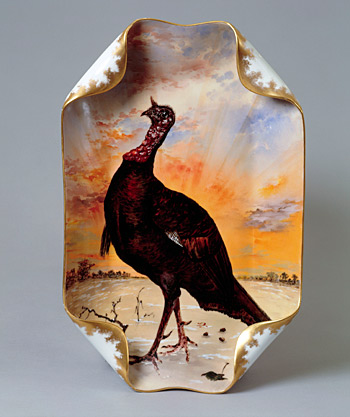
Renwick Gallery, Smithsonian American Art Museum 2011-2012 exhibit “Something of Splendor: Decorative Arts from the White House,” Dinner Platter (Hayes service), 1880, porcelain, made by Haviland & Co., Limoges, France.
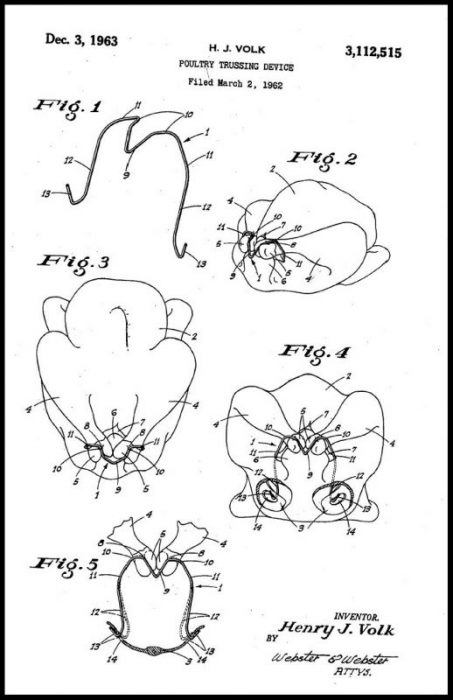
National Museum of American History. Lemelson Center for the Study of Invention and Innovation. Patent drawing for the Hok-Lok, a Poultry Trussing Device by Henry J. Volk, inventor of the pop-up timer.
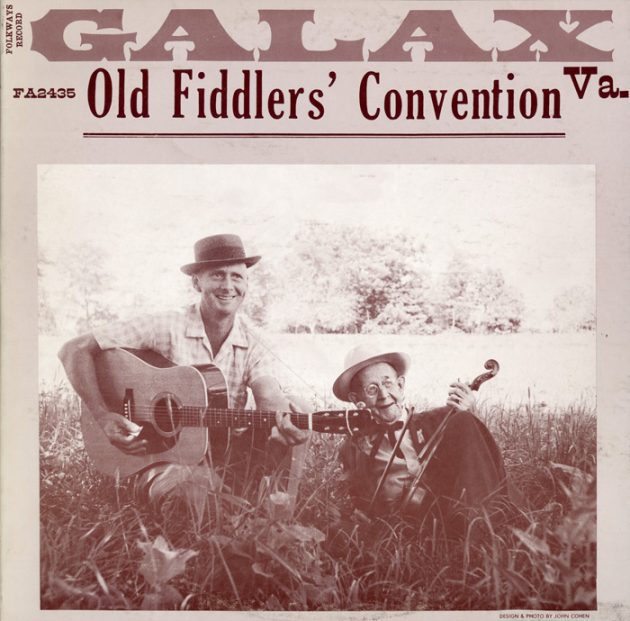
Smithsonian Folkways Recordings. Gaylax, Va., Old Fiddler’s Convention album, 1964, “Turkey in the Straw.”
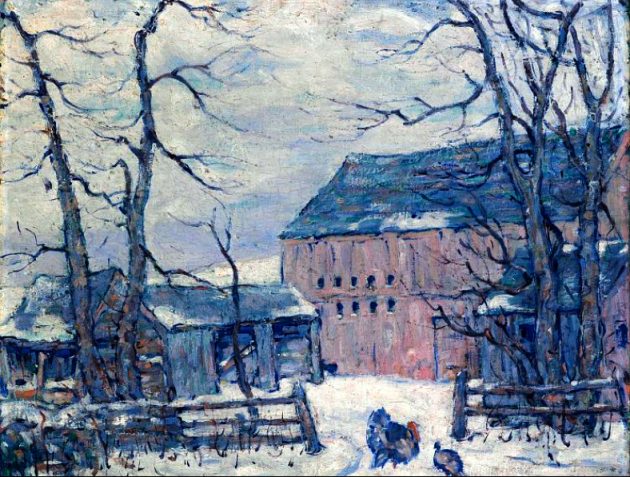
Smithsonian American Art Museum. “Farmyard in the Snow, the Miller Place, Brookhaven, Long Island,” by James Preston, ca. 1920-1930, oil on canvas.
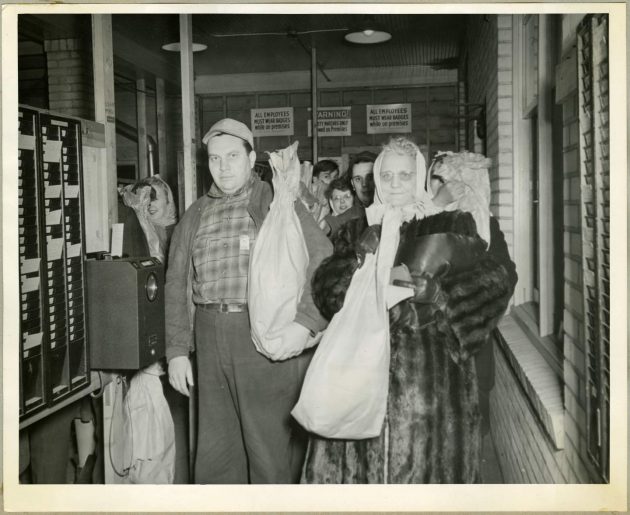
National Air and Space Museum. Employees of the Northwestern Aeronautical Corporation in St. Paul, Minn, are shown holding holiday bagged turkeys given to them by the corporation in this 1945 photograph.
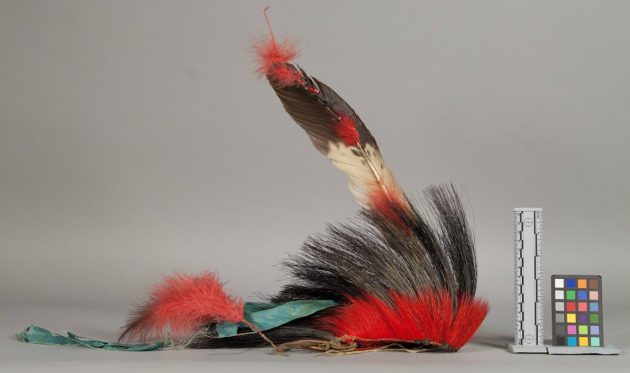
National Museum of Natural History. Kiowa headdress made with black bristles from a turkey beard. Collected at a Kiowa And Comanche Reservation, Oklahoma / Indian Territory, May 1892.
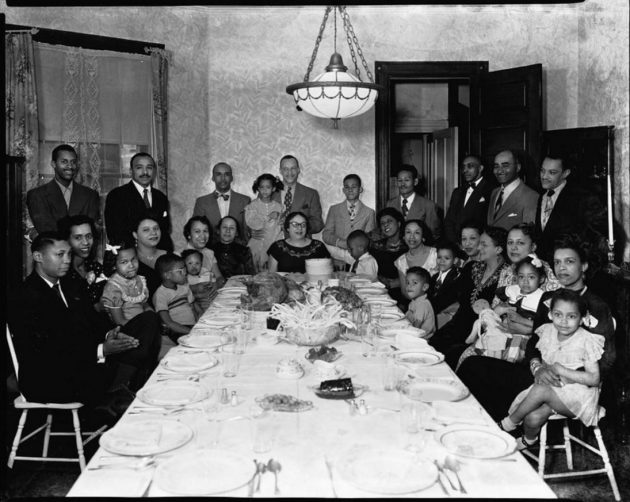
National Museum of American History, Archives Center, Scurlock Studio Records photograph, ca. 1905-1994. Conway Family dinner Washington, D.C., Nov. 23, 1950. Family group seated and standing around dinner table laid with turkey and ham.
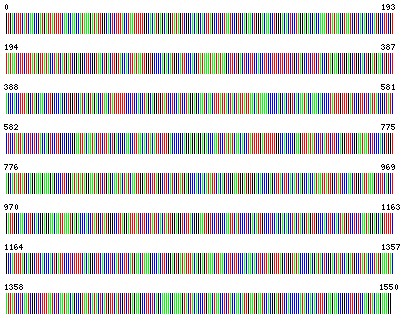
National Museum of Natural History, Encyclopedia of Life. Barcode data: Wild turkey “Meleagris gallopavo.” This image is a representative DNA barcode sequence, the centroid of all available sequences for the species “Meleagris gallopavo.”
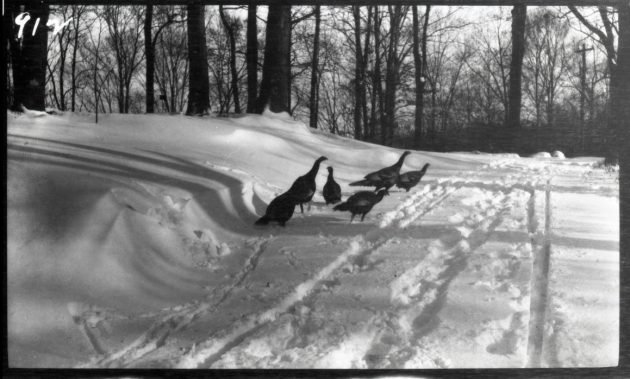
Smithsonian Institution Archives. Photograph of wild turkeys in snow on the grounds of the National Zoological Park, Washington, D.C., 1910.
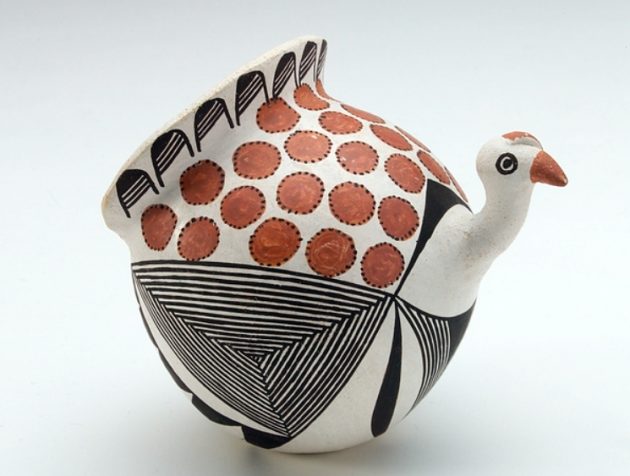
National Museum of the American Indian. Coiled/hand built, modeled and painted pottery turkey figure made by Lucy M. Lewis (Lucy Lewis/Lucy Martin Lewis), Acoma Pueblo, Acoma Reservation; Cibola County; New Mexico.
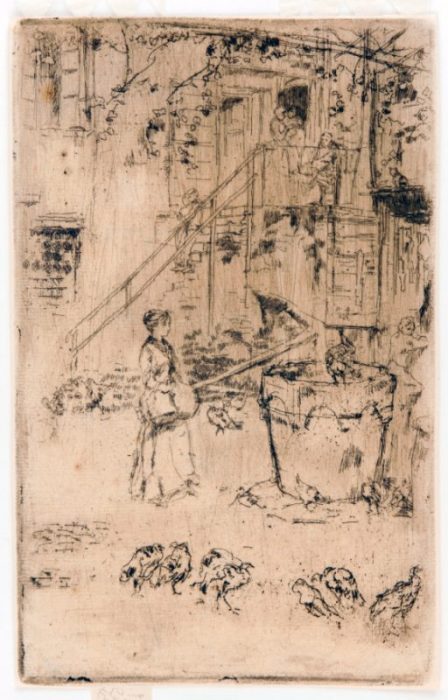
Freer Gallery of Art. “Turkeys,” by James McNeill Whistler, etching on paper, 1879-1880.
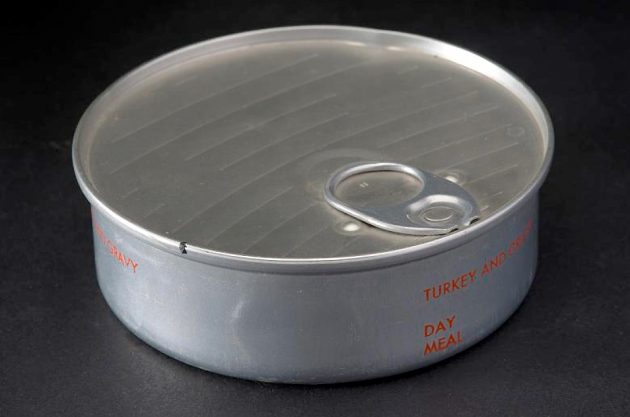
National Air and Space Museum. Skylab space food turkey and gravy. The food lockers and freezers aboard Skylab were stocked with a variety of canned, frozen, and dehydrated items for the three astronaut crews who occupied the space station in 1973 and 1974.
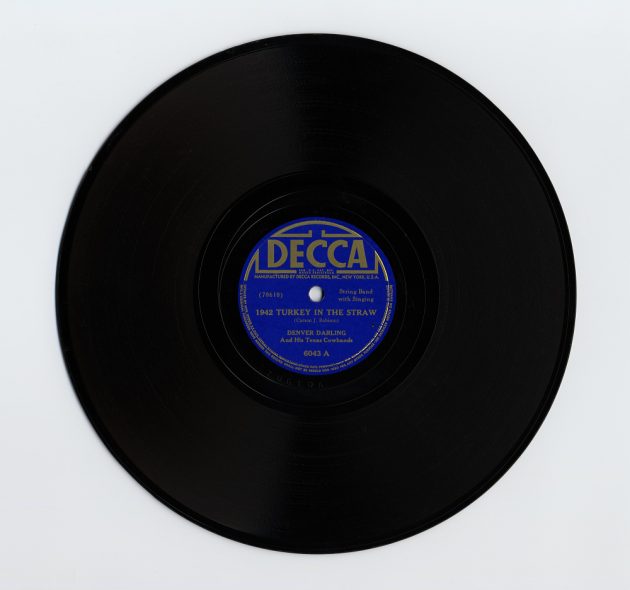
National Museum of American History. Denver Darling and his Texas Cowhands 78 RPM sound recording. Side A: Turkey In The Straw; Side B: The Devil and Mr. Hitler. Decca Records, 1942.
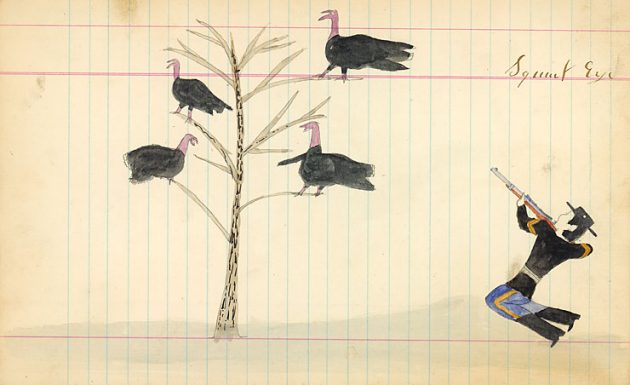
National Museum of Natural History, National Anthropological Archives. Illustration of a turkey hunt drawn by Squint Eyes, a Cheyenne artist and Plains Indian scout who drew numerous illustrations while being held prisoner at Fort Marion in Saint Augustine, Fla., from 1875-1878.
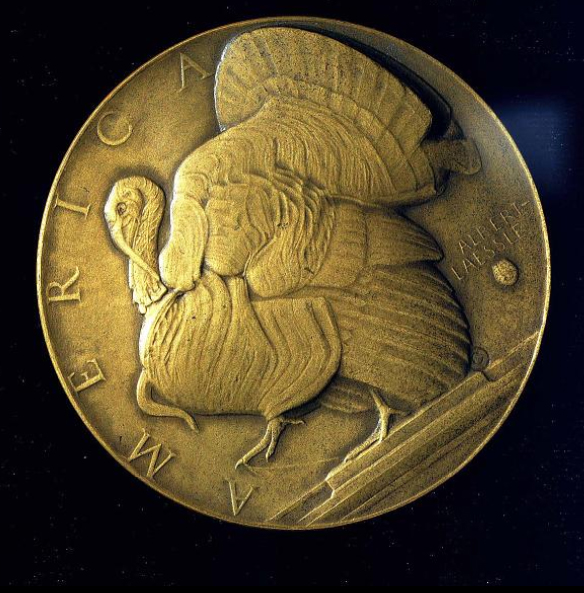
Smithsonian American Art Museum. “America/Abundance” by Albert Laessle, 1934, bronze medal.
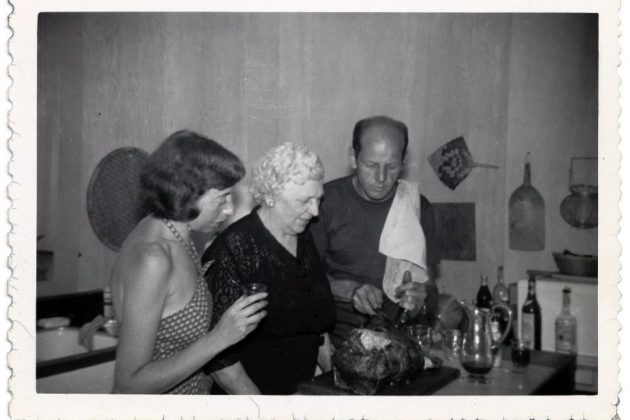
Archives of American Art, Smithsonian Institution. Photo snapshot of Lee Krasner, Stella Pollock and Jackson Pollock carving a turkey, 1950 / unidentified photographer. Jackson Pollock and Lee Krasner papers, circa 1905-1984.
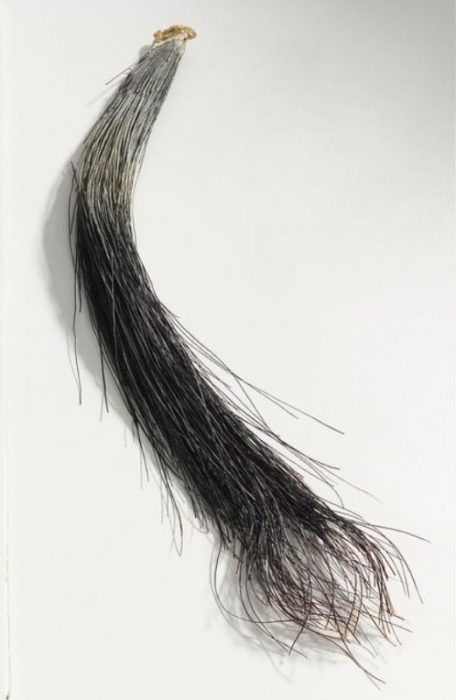
National Museum of the American Indian. Turkey beard, purchased from Mark Tayac (Piscataway) in 2003.
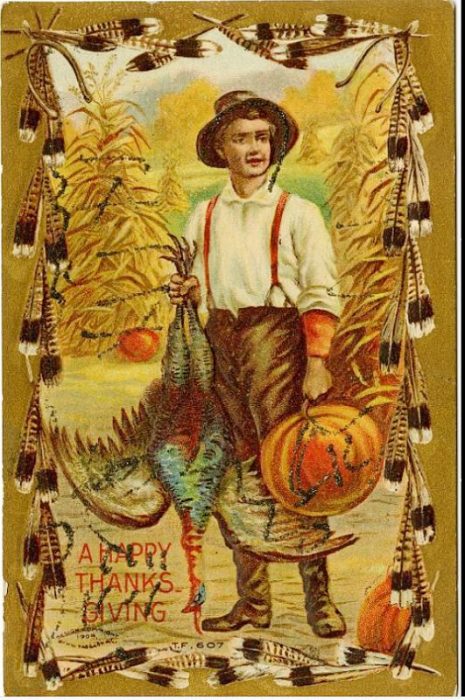
National Museum of American History Archives Center. “A Happy Thanksgiving” postcard from the Warshaw Collection of Business Americana, 1910.
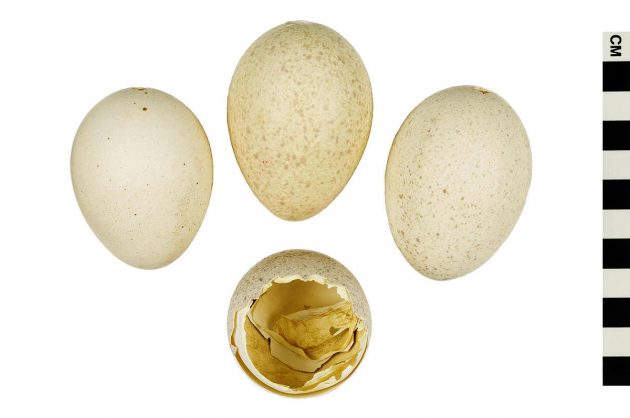
National Museum of Natural History. Turkey eggs, collected 1984 Perry County, Penn.
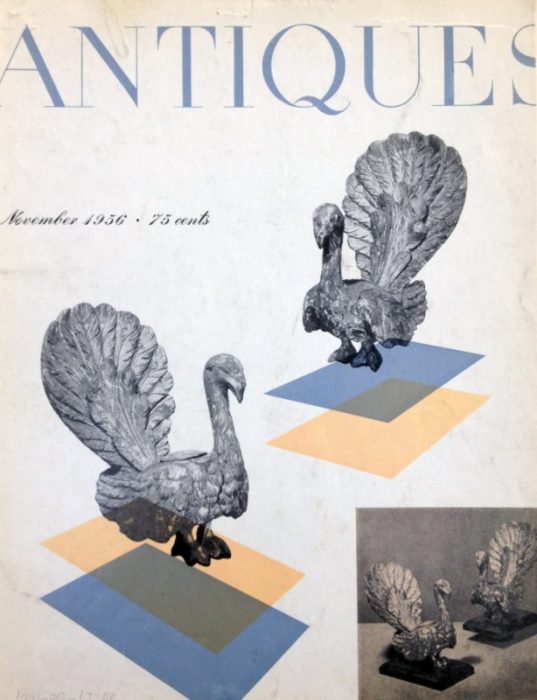
Cooper-Hewitt, Smithsonian Design Museum. Cover of Antiques magazine Nov. 1956 featuring two 18th-century carved and gilded wood turkeys from Italy in the Cooper-Hewitt’s collection. Artist unknown. (Note: it is believed that these figures represent the ocellated turkey, “Meleagris ocellata” from the Yucatán Peninsula, and not “Meleagris gallopavo.”)
Posted: 26 November 2019
